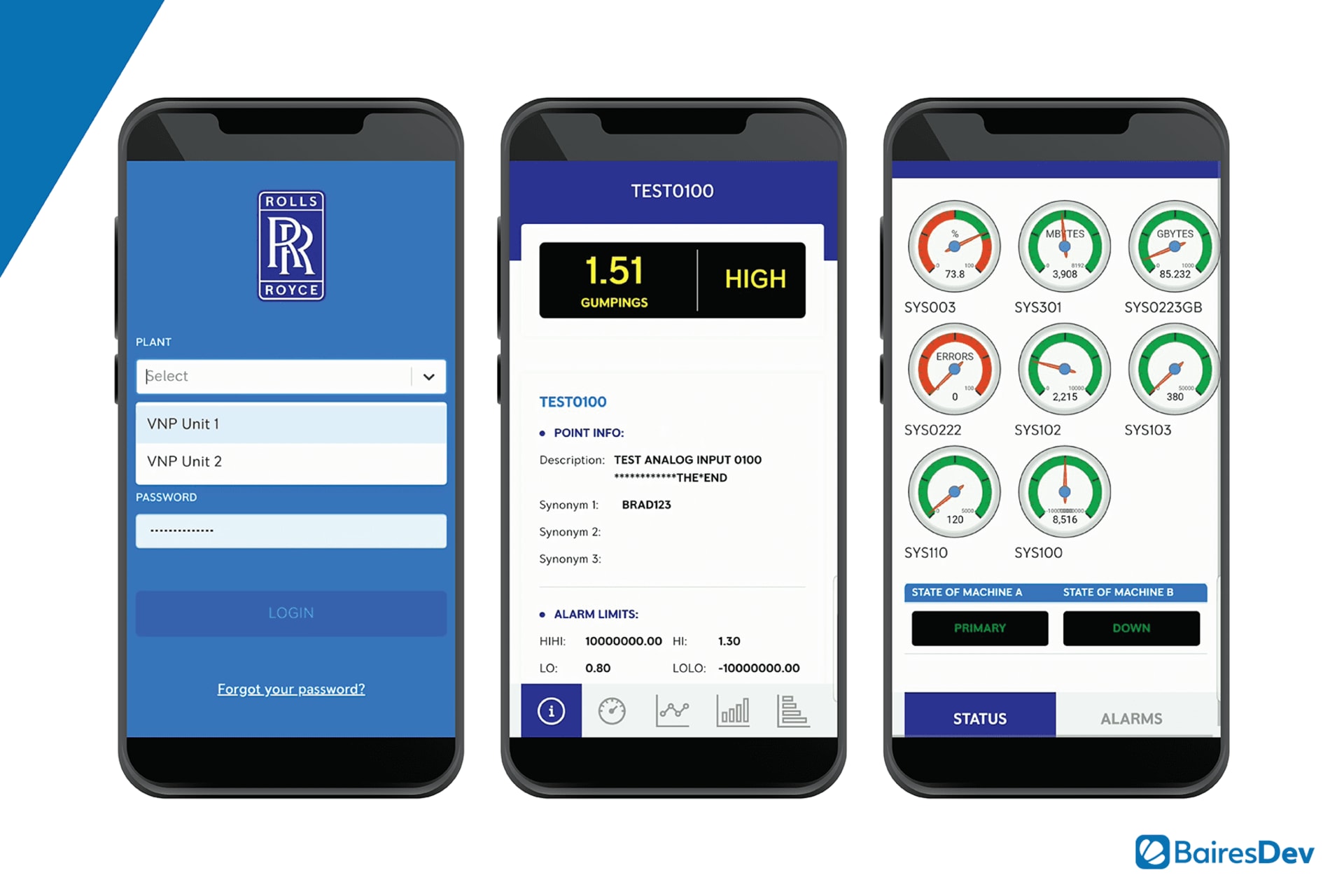JavaScript is the single most important programming language used in contemporary software development. An estimated 95% of websites use JavaScript to introduce dynamic content to their visitors. Despite the importance of JavaScript for web and mobile development, many hiring managers do not know what to look for in a JavaScript developer, or which tools for JavaScript developers are essential to modern, efficient workflows.
What to look for in a JavaScript Developer
This guide will help executives interested in JavaScript development and help select the right outsourcing partner and software developers for their project.
Scope
There are two main types of scope in JavaScript: local scope and global scope. A solid understanding of code helps developers reduce the number of errors and create more readable code.
The term scope describes the visibility of variables, functions, and objects in a line of code during runtime. The principle is based on the idea that users should only have access to what they need at that time—and it represents The Principle of Least Access in practice.
Software engineers should understand the difference between local scope and global scope. They should also be able to articulate which situations each access level is best for. Local scope refers to variables that can only be accessed by code inside of the function. On the other hand, global scope variables can be read and changed from anywhere in the code, regardless of the location of the variables.
Many novice developers do not understand the concept of scope and why it is so important for JavaScript development. Make sure to ask detailed questions about scope during the interview process. Alternatively, work with a JavaScript development service to create interview questions and screen candidates.
Control Flow
Control flow describes the order in which a computer executes a set of statements. This is a simple yet vital concept for JavaScript developers.
Code typically runs in order from the first line to the last line. However, oftentimes scripts use conditional structures to change the way that code is executed.
Take a standard website contact form, for example. When a visitor completes the form and clicks submit, the script submits their information and generates a confirmation note for the user. However, if the form is not complete, the conditional structure will generate a note that one or more fields are required.
This type of conditional structure is almost always required in JavaScript code and is what makes this language so extraordinary. Experienced developers must understand how JavaScript utilizes control flow to write error-free code and create interactive web applications that operate intuitively.
Error Handling
Coding errors are an inevitable part of the software development process. It doesn’t matter how experienced a programmer is—mistakes will happen. In fact, research has found that software engineers make, on average, “about 15-50 errors per 1000 lines of delivered code.”
JavaScript errors are traditionally divided into two distinct categories: programming mistakes and actual errors. Quality developers should be capable of identifying the type of error and finding a simple solution. Before extending an offer to a developer, it is important to ask how the would respond to different situations. Ask how they would identify and fix things like syntax, runtime, and logical errors to learn more about their approach to development.
Asynchronous Code
Asynchronous programming is a type of parallel programming that enables multiple actions to happen simultaneously. When a user starts an action, the program continues to run until it returns the result. This type of code is quite different from traditional synchronous programming. The standard approach had a user start an action—and the program would cease running until the result was returned. The primary drawback associated with this approach is that a second request will not start until the first is complete.
Since a program can run multiple actions at once, asynchronous code can improve application performance and software responsiveness. It is important to make sure that potential developers understand the difference between the two approaches. Ask them to explain the differences between the two types of code, as well as which situations each is best used for.
Functions
One of the main differences between JavaScript and other programming languages is the importance of functions. JavaScript allows software engineers to create a function as a stand-alone in code. The ability to place functions anywhere in code makes programming much easier and helps create shorter, more compact code.
In addition, JavaScript treats functions like any other objects. Because these objects are extremely flexible in JavaScript, developers can pass a function into another function as a parameter, something called a higher-order function. This enables software engineers to create more complex applications without having to write much more code.
Document Object Model
The Document Object Model (DOM) is a programming interface for HTML and XML documents. It is a tree of objects that the browser uses to build a model of the web page’s structure. The DOM is a live data structure and modifications to it will immediately show up on the webpage. This allows JavaScript to structure and style a website. By altering the DOM, developers can create pages that can update without needing to refresh—a feature that Facebook made standard. In addition, users can customize their webpage experience and change the layout of the homepage with ease.
Node.js
Node.js is an open source JavaScript runtime environment that processes server-side code and provides everything needed to execute a program. Prior to its release in 2009, web applications operated according to the client/server model. Node.js helps increase speeds by using server idle time and an event loop to complete other requests. Node.js also provides developers with event-driven I/O APIs and asynchronous development. In addition, the framework operates on a threaded event-based loop—enabling non-blocking callbacks. All front-end JavaScript developers should understand the basics of Node.js, as it plays an increasingly important role in the lifecycle of JavaScript frameworks—from runtime adoption to full-stack integration. Make sure to ask about developers’ prior experience with the framework before extending a job offer.
Security
Software security is one of the most important topics in the tech industry. The number of cyber attacks has increased by more than 600% since 2005—and is on pace to break records in 2019. Companies have responded to this crisis by pouring resources into software security and working with JavaScript outsourcing companies to hire security experts. However, cybersecurity experts are not the only ones responsible for preventing data breaches. Every member of the development team must be focused on preventing software attacks.
The best software developers should have an understanding of the most important software security models used throughout the industry. Approaches like the Trusted Software Methodology and the Trustworthy Computing Security Development Lifecycle have decades of data demonstrating their success. Ask potential employees about their experience with popular security models and how they ensure that software security is integrated into every stage of the development life cycle.
Basic Design
Every JavaScript developer should have at least a cursory understanding of user interface (UI) and experience design (UX). User design was traditionally viewed as a separate category of development. However, modern software development methodologies such as Agile and Lean emphasize the importance of design during every step of the process. In addition, small development teams require programmers that are willing to fill in gaps where needed. Quality JavaScript developers should be willing to contribute to design considerations since user design will have such a large impact on their software’s success. Software engineers with an interest in design help businesses create beautifully designed software while saving money.
Front-end Framework
Prospective JavaScript developers should be competent with one of the three most popular JavaScript frameworks, React.js, Angular.js, and Vue.js. These front-end web frameworks build user interfaces and are the most popular choices for web pages and web applications.
An essential language
JavaScript is an essential programming language for developers interested in building custom web, desktop, and mobile applications. Companies interested in building custom software should thoroughly vet candidates on their technical skills and know-how before extending a job offer.
Knowing exactly what a JavaScript developer does, is not an easy task. Some businesses are making the hiring process easier by working with JavaScript development companies to source candidates. These offshore JavaScript firms have the insider experience needed to properly assess developers and test for knowledge. All finalized hires should have a solid understanding of JavaScript and be able to explain why each of the above concepts is essential knowledge—something that expert JavaScript development services can help ensure.






